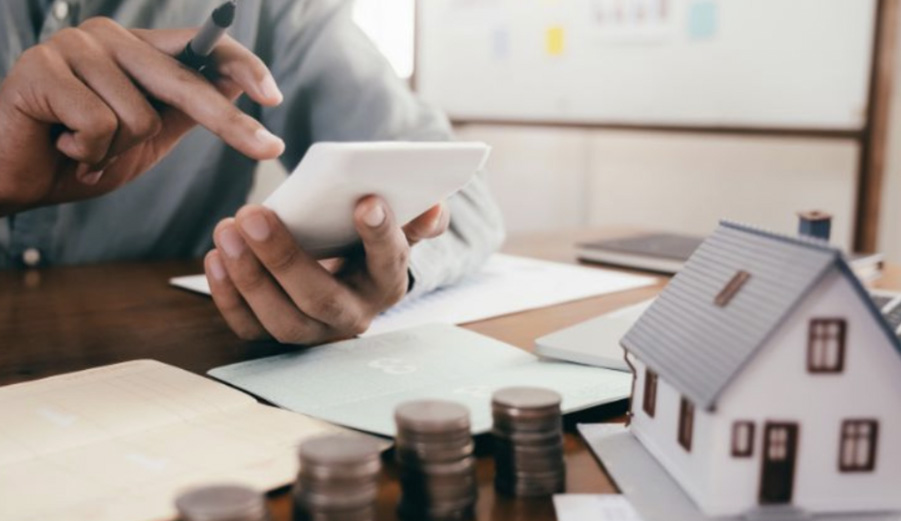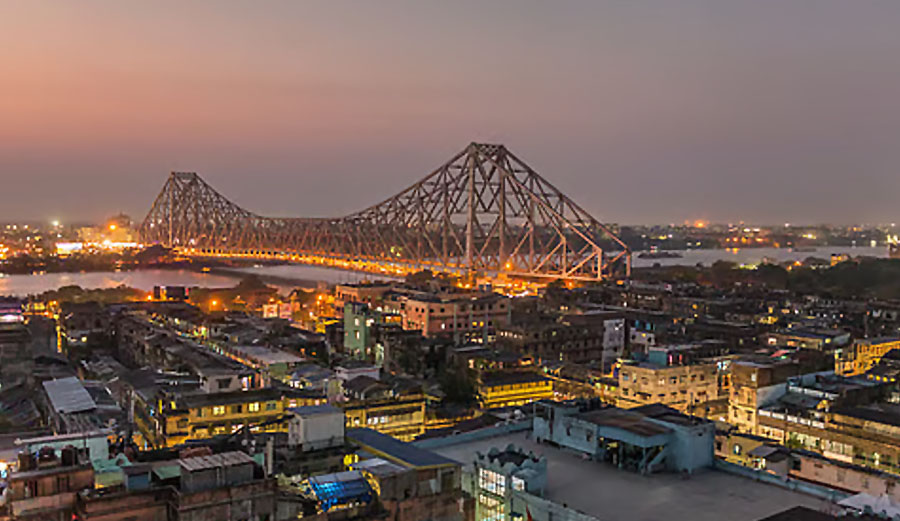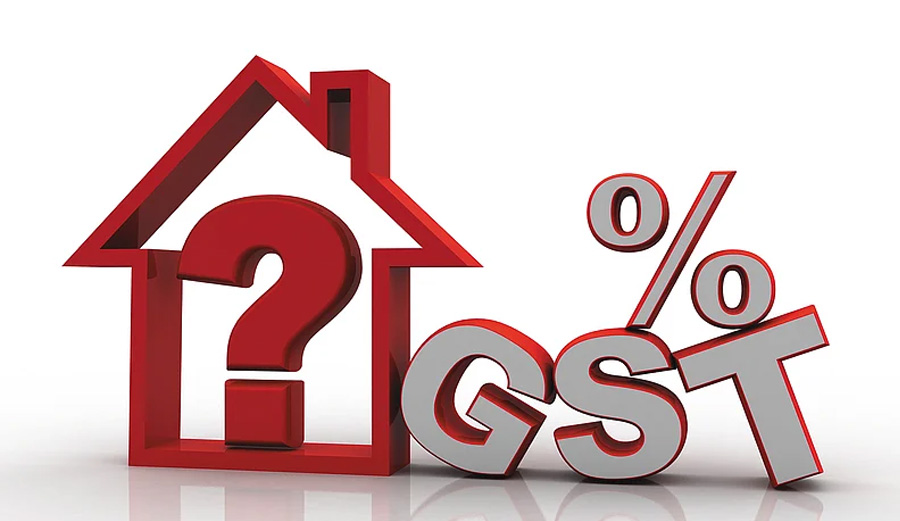Ravi stared at the Facebook advertisement, his heart racing. “₹45 lakhs only!” it proclaimed in bold letters, showing a pristine 2BHK apartment. This was his dream home.
Three months later, Ravi sat across from his lawyer, calculator in hand, watching his budget crumble. First came stamp duty and registration fees. Then GST. Bank processing charges followed. Legal fees piled on.
“There’s also parking charges, sir,” the developer’s representative mentioned casually. “And utility connections. Plus society maintenance deposit.”
Ravi’s wife squeezed his hand as more costs appeared: interior work, furniture, and club membership. What started as a simple ₹45 lakh purchase had somehow ballooned to over ₹52 lakh.
“Remember what Papa always said?” his wife whispered. “Property buying is like planning a dinner party that becomes a wedding.”
Ravi laughed despite himself. The advertisement and the brochure had shown the appetizer price, but they were paying for the full feast. He signed the papers anyway. After all, dreams don’t come with transparent pricing in India.
Buying a property in India is often similar to Ravi’s experience.
You get surprises in the form of taxes and various charges, and need to fork out a much higher sum. In the case of buying a property, the advertised price is just the opening act of a much longer financial performance.
That shiny apartment brochure showing ₹45 lakh might look attractive, but by the time you’re holding those keys, you’ll probably be lighter by ₹52 lakh or more. Let’s break down what nobody mentions in those glossy advertisements.
The Government’s Welcome Gift
It starts with the stamp duty and registration fees. These are non-negotiable government charges that come with your property purchase. Stamp duty varies by state but typically ranges from 5-8% of your property value, while registration fees add another 1%.
On a ₹45 lakh apartment, you’re looking at ₹2.25 to ₹3.6 lakh just for getting your name on the papers. You need to pay this just to make your ownership official.
GST adds another layer for under-construction properties. At 5% for regular homes, that’s another ₹2.25 lakh on that ₹45 lakh property. Ready-to-move homes dodge this particular bullet, but they come with their own cost surprises.
The Professional Support Team
Every property transaction needs its cast of experts. Legal fees can range from ₹10,000 to ₹50,000, depending on how complex your paperwork situation gets. Your lawyer essentially becomes your detective, uncovering potential problems before they become expensive nightmares.
Banks aren’t running a charity either. Home loan processing charges typically run 0.25% to 1% of your loan amount.
The Ongoing Relationship
Housing societies often demand substantial upfront maintenance deposits, sometimes running into lakhs. Then come monthly charges for security, common area maintenance, and those fancy amenities you thought were “included.” A society with a swimming pool and gym will cost more than a basic apartment complex.
Property tax becomes your annual reminder that ownership comes with civic responsibilities. This recurring expense depends on your property’s size, location, and local tax regulations.
The Surprise Add-ons
Utility connections aren’t freebies either. Electricity, water, and gas connections each have their own charges. Then there’s the cost of making your new space livable. Unless you’re comfortable with concrete walls and floors, you will need to budget for painting, furniture, kitchen fittings, and appliances. Interior work can easily add several lakhs to your investment.
Another common charge is “preferential location charges (PLC)” if your unit faces the park/swimming pool or sits on a higher floor. Club memberships, power backup systems, and security infrastructure might also demand separate payments.
Don’t forget to factor in brokerage fees when buying a resale flat. It is typically 1-2% of the property value.
The Reality Check
What starts as a ₹45 lakh purchase can realistically become a ₹52-55 lakh reality. It’s like planning a simple dinner party that somehow turns into a full-blown celebration with all the trimmings.
Trying to avoid these costs is pointless (you can’t), so you must plan for them. Add at least 15-20% to the basic property price. This is the difference between your dream and the actual bill.
Property buying in India is about budgeting for all these extras. Ask questions, demand cost breakdowns, and keep that cheque book ready. The final price tag of your dream home is always substantially higher.






